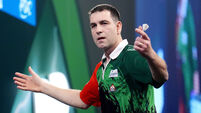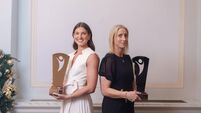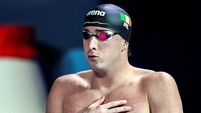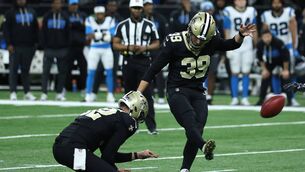Hackett’s blueprint for the future
The sport has gone through a traumatic period due to waning interest, poor performances at major championships and an aversion to change.
All that will be history if only a portion of Hackett’s enthusiasm filters through and the Executive of which some members are not totally behind gets backing for the new structure from grassroots members at the special congress scheduled for December.











